
We visit this unusual shrine in a Kumamoto canyon and drink its water of eternal youth.
In Japan, you’ll find a lot of shrines on hilltops and mountainsides. The Shinto faith holds that there is divinity in nature, and with some shrines having been founded hundreds of years ago, being built at a high elevation provided a good vantage point from which to survey the surrounding area.
So if you’re someone who visits a lot of shrines, like our Japanese-language reporter Seiji Nakazawa, you get used to climbing up flights of stairs on your way to make an offering. So imagine Seiji’s surprise when, on his recent travels through Kumamoto Prefecture, he came across a torii gate, the traditional marker of the entrance to a Shinto shrine, but when he walked through it…


…he found a series of steps on a steep decline down to the shrine.
The layout felt unnatural and backwards, and there was one other reason Seiji felt a foreboding atmosphere. Shrines like this are called kudarimiya (“descending shrines”), and some people say they mark a site where an evil spirit, or a spirit on the verge of turning evil, was sealed away.

Looking down the stairs, Seiji almost felt like the shrine was glaring up at him. And yet, he felt compelled to go and take a closer look, and so he took his first step down.
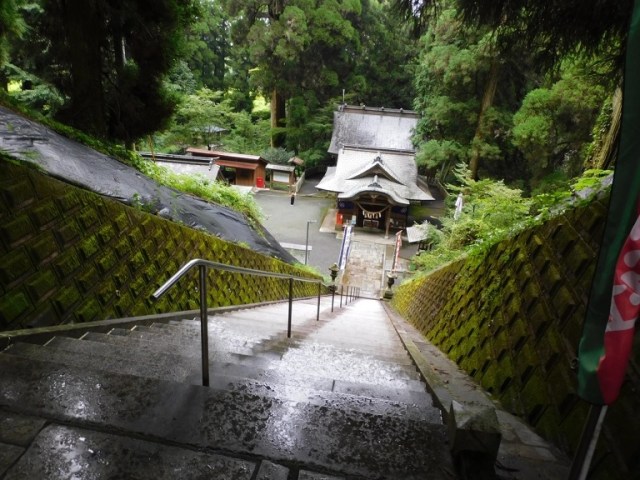
150 steps later, he was in the shrine’s courtyard, which had a secluded atmosphere from the heavily forested hills on all sides and the misty weather.

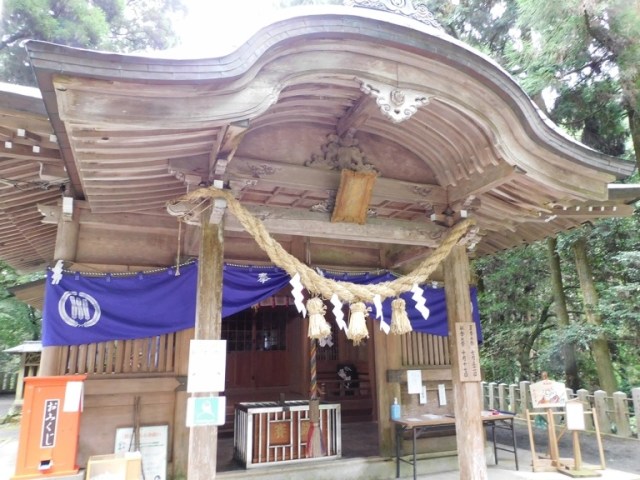
This shrine, called Kusabe Yoshimi Shrine, is considered one of Japan’s three great kudarimiya, the others being Udo Shrine in Miyazaki Prefecture and Nukimae Shrine in Gunma Prefecture. And sure enough, Kusabe Yoshimi does have a legend of a monstrous entity that needed to be subdued.

According to legend, Hikoyai no Mikoto, oldest son of Emperor Jinmu, the first emperor of Japan, journeyed to the site where Kusabe Yoshimi Shrine now stands to do battle with a giant serpent that had been terrifying the community.
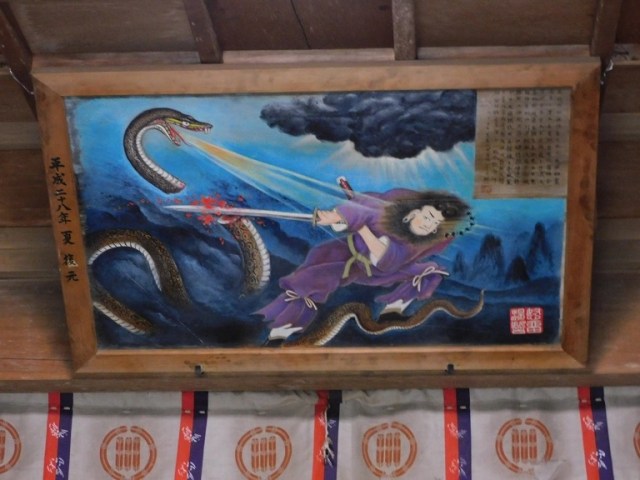
Back in the courtyard, Seiji paused for a moment to admire the shrine’s sacred cedar, which is more than 500 years old.
▼ There were no cameras in the world when this tree first sprouted from the soil.

Before making your way back up the stairway, though, there’s one more path to explore.

Next to another torii is a sign directing visitors to the “water of eternal youth and longevity” (written as 不老長寿の水 in Japanese text). This trail leads you into the forest and past…

…what appears to be a stone statue of the mythical serpent!

Surprisingly, the statue is actually kind of cute-looking, and people seem to have decided to let bygones be bygones, leaving offerings of coins in its mouth.

Eventually, Seiji came to a well. There’s no sign or other explanation, but he figured this must be the water of eternal youth.

Since our team is always looking for ways to improve our health, Seiji used the ladle to fill his cupped hand with water, and took a sip.
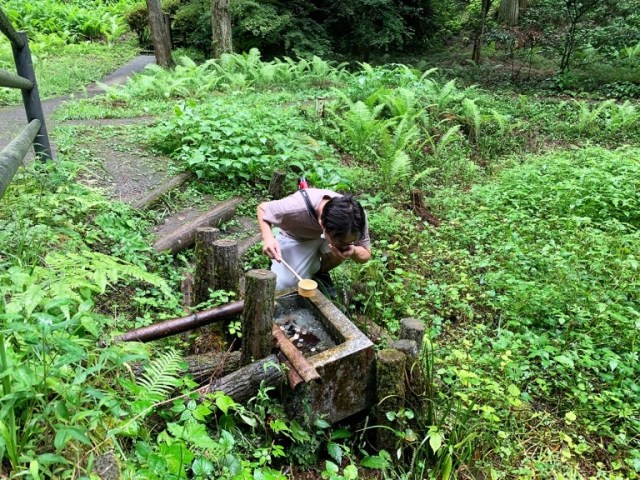
Compared to the Tokyo tap water he usually drinks, the water of eternal youth and longevity has a crisp, clean taste with no sort of lingering aftertaste or other odd sensations. It was like drinking purified bottled water, except that it came from a well.
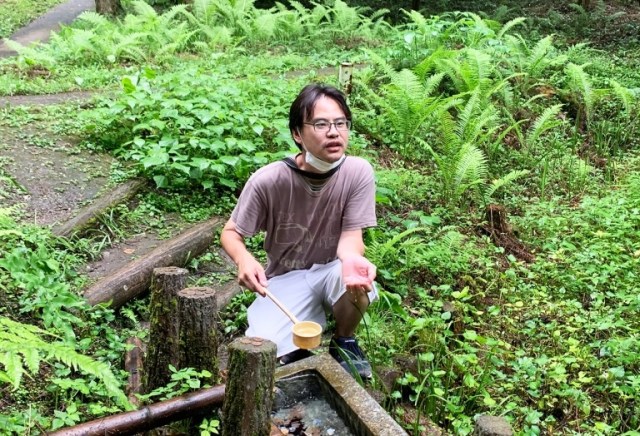
And now that he’s guaranteed a long and healthy life, Seiji can confidently look forward to visiting the rest of Japan’s three great kudariya someday.
Shrine information
Kusabe Yoshimi Shrine / 草部吉見神社
Address: Kumamoto-ken, Aso-gun, Takamori Kusabe 2175
熊本県阿蘇郡高森町草部2175
Website
Photos ©SoraNews24
● Want to hear about SoraNews24’s latest articles as soon as they’re published? Follow us on Facebook and Twitter!

No hay comentarios:
Publicar un comentario